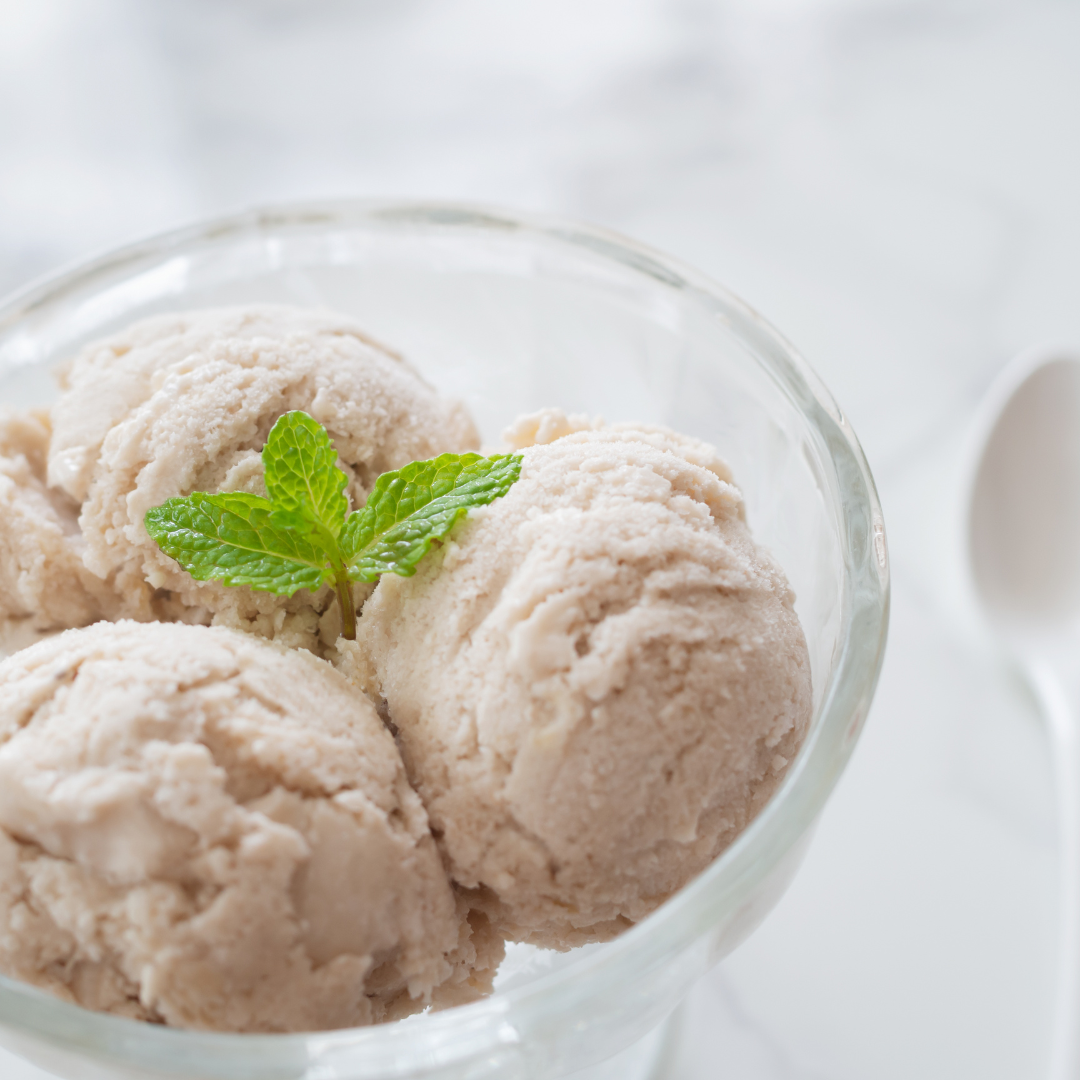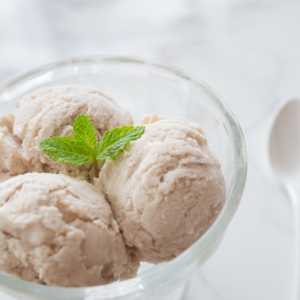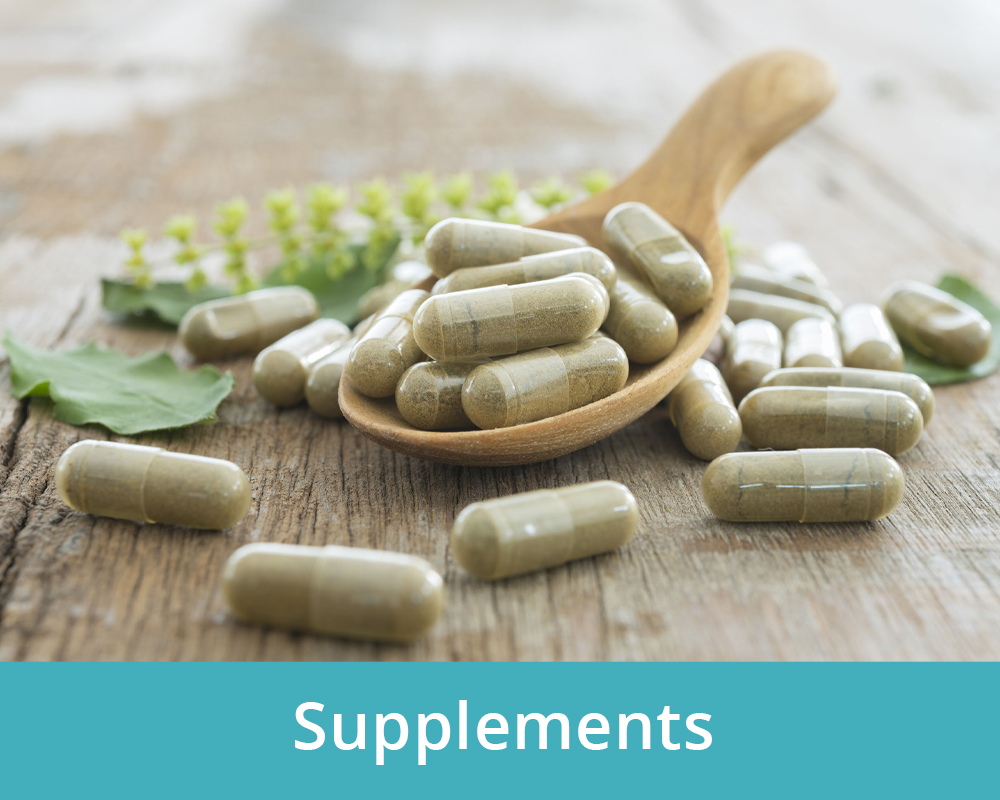
Unraveling the Relationship Between Glutamates and Amines in Oppositional Defiant Behavior (ODD)

Oppositional Defiant Disorder (ODD) is a challenging behavioral condition characterized by a recurrent pattern of defiance, hostility, and disobedience towards their teachers, parents and authority figures. While the precise causes of ODD remain elusive, emerging research suggests a potential link between neurotransmitter imbalances, particularly involving glutamates and amines, and the manifestation of oppositional defiant behaviors. These are found in many common foods.
Most parents have never noticed an effect of food. A few children ‘go ballistic’ soon after eating food colours but for most families, the effects of food chemicals creep up, unnoticed. What most people see is this:
- Food chemicals can build up gradually, resulting in good days and bad days with no obvious cause
- When a child eats fast food or spaghetti, he or she might be irritable or have a bad day at school the next day or the day after.
- Not everyone reacts to the same food chemicals.
- Some natural “healthy” foods can be a problem.
- Some families are more sensitive than others.
Understanding Glutamates and Amines:
Glutamate is the most abundant excitatory neurotransmitter in the brain, playing a pivotal role in various cognitive functions, including learning, memory, and emotional regulation. On the other hand, amines, such as serotonin, dopamine, and norepinephrine, are neurotransmitters known for their roles in mood regulation, reward processing, and impulse control.
The Neurochemical Imbalance Hypothesis:
Recent studies have proposed the neurochemical imbalance hypothesis, suggesting that disruptions in glutamate and amine signaling pathways may contribute to the development and persistence of oppositional defiant behaviors. Dysregulation of glutamatergic transmission has been implicated in impulsive aggression and emotional dysregulation, which are hallmark features of ODD.
Furthermore, alterations in amine neurotransmitter systems, particularly serotonin and dopamine, have been associated with deficits in inhibitory control, emotional instability, and reward processing abnormalities—all of which are commonly observed in individuals with ODD.
The Role of Glutamates in ODD:
Glutamate dysregulation has been linked to various psychiatric disorders, including mood disorders, anxiety disorders, and impulse control disorders. In the context of ODD, aberrant glutamatergic neurotransmission may disrupt the balance between excitatory and inhibitory signaling pathways, leading to heightened reactivity to perceived threats, reduced impulse control, and impaired emotional regulation.
Moreover, alterations in glutamate receptor expression and function, particularly within brain regions implicated in emotional processing and impulse control, may underlie the persistent defiance and aggression observed in individuals with ODD.
Glutamate can also cause other health problems such as high blood pressure, headaches, obesity, diabetes, fertility problems and even cancer.
Monosodium glutamate (MSG) is the sodium salt of glutamic acid and is a common food additive. MSG is made from fermented starch or sugar and is used to enhance the flavor of savory sauces, salad dressings, and soups.
Both natural glutamate and monosodium glutamate are metabolized in the body using the same processes. Even though glutamate exists naturally in the body and in healthy foods, if a child has ODD this will need to be explored further and avoiding foods that could exacerbate or trigger ODD type behaviors.
Foods highest in glutatame include the following:
Cheese You will find the highest levels of glutamate in parmesan and Roquefort cheeses.
Asian Sauces Soy sauce, fish sauce, and oyster sauce all have very high levels of glutamate. Soy is naturally high in glutamate, and soy-based sauces will have concentrated levels of the compound.
Nuts Walnuts, cashews and peanuts contain high amounts of glutamate compared to other nuts
Processed Meats Cured ham, either canned, frozen, or at the deli counter, should be avoided if you are worried about glutamate.
Tomatoes Fresh tomatoes, tomato sauce, tomato juice, tomato soup, and tomato-based dishes as well.
Grape Juice Grape juice contains moderate levels of glutamate.
Seafood Some fish, like anchovies, have moderate amounts of glutamate and scallops and oysters also contain glutamate.
Mushrooms Dried shiitake mushrooms are very high in glutamate and white button mushrooms contain much less, but those trying to eliminate glutamate from their diets should skip the mushrooms altogether.
Peas Compared to most other vegetables, peas contain more glutamate. If you must indulge, keep your portion size small to avoid overconsumption of glutamate.
Starchy Vegetables Corn and potatoes contain relatively low amounts of glutamate, but may be problematic for some people.
Processed foods such as Pringles, Chinese foods, instant noodles and canned soups. So check the labels when purchasing
Artificial sweeteners such as aspartame is high in glutamate
The Influence of Amines on ODD:
Serotonin, dopamine, and norepinephrine play crucial roles in modulating mood, behavior, and cognitive functions. Dysregulation of these amine neurotransmitter systems has been implicated in various psychiatric disorders characterized by impulsive and aggressive behaviors, including ODD.
Serotonin, often referred to as the “feel-good” neurotransmitter, regulates mood, impulsivity, and aggression. Reduced serotonin levels or dysfunction in serotonin receptors have been associated with increased aggression and irritability, traits commonly observed in individuals with ODD.
Dopamine, known for its role in reward processing and motivation, has also been implicated in ODD. Dysregulated dopamine signaling may contribute to deficits in reward processing, leading individuals with ODD to seek gratification through oppositional and defiant behaviors.
Norepinephrine, regulates arousal, attention, and stress responses. Dysregulation of norepinephrine levels or signaling pathways may exacerbate emotional dysregulation and impulsive aggression in individuals with ODD.
Foods high in amines include: aged cheeses (e.g., cheddar, parmesan), processed or cured meats (e.g., salami, pepperoni), soy sauce, tomato-based products (e.g., tomato sauce, ketchup), spinach, avocado, eggplant, canned or smoked fish (e.g., tuna, mackerel), fermented foods (e.g., sauerkraut, kimchi), yeast extract (e.g., Marmite, Vegemite), vinegar and vinegar-containing foods (e.g., pickles), chocolate, strawberries, pineapples and certain nuts (e.g., walnuts, peanuts)
What’s more, browning, grilling, charring and overcooking food can also increase amine levels
Implications for Treatment and Future Directions:
Understanding the neurochemical underpinnings of ODD, particularly involving glutamates and amines, holds promise for the development of targeted interventions.
In conclusion, the interplay between glutamates and amines in the pathophysiology of oppositional defiant behavior represents a complex yet promising avenue for research and therapeutic development. By unraveling the neurochemical underpinnings of ODD, we may pave the way for more effective interventions and improved outcomes for individuals affected by this challenging disorder.
The SAG diet has been developed to address Oppositional Defiant behavior and this includes a combination of low salicylates, amines and glutamates. For more information on this please check out this article.
For more information on nutrition strategies to help manage your child’s aggressive behavior check out our other article on 4 nutrition strategies to manage Oppositional Defiant Behavior.
If you would like to book a consult with one of her clinicians with training in SAG diet and ODD please click here.














